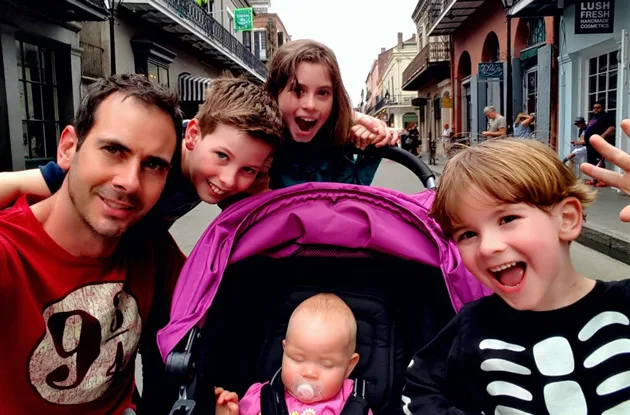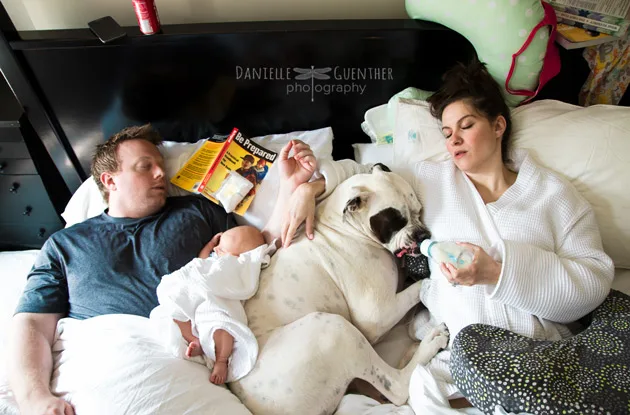It’s not easy to shop for the right toys for your kids anymore, at least not if you’re trying to make sure that you take care of their future morality, gender identity, intellectual acumen, and the potential cure for cancer and development of world peace (because you never know; somebody’s kid has to do it). It just makes a simple trip to the toy store that much more complex.
For instance, to reinforce our nonracist beliefs, my husband and I bought both a black and white family to share our daughters’ pink dollhouse. For the girls, the dolls were one big, happy family, so that lesson at least worked. Their Barbies all had professional careers, and we were sure to have science kits and tools in the house as well as American Girl dolls (who do, after all, promote an appreciation for history). But no matter how purposefully my husband and I shopped for our daughters, they were drawn to My Little Pony with their pink and purple manes with tiny jewelled stickers. And their favorite game was Pretty, Pretty Princess where the winner is the girl who gets all the jewelry and the crown.
In retrospect I realize this toy preference was in part because any trip to the store was like having boys on one side and girls on the other at a school dance, since toy stores do indeed separate items by gender. Unless you purposefully walk your daughter down the “boys'” aisle, she won’t know what’s there; and the same holds true for boys. Then there are the commercials that let astute kids know from the first frame to whom the ad is targeted.
So I wasn’t at all surprised to hear about the controversial creation of pink Legos for girls who can now have their own set meant to build a beauty parlor or ice cream shop. They’re not as complex as those Star Wars kits in the boys’ aisle, but Lego is congratulating themselves for finally acknowledging the other half. (More likely they realized they were missing out on 50 percent of their potential shopping pool.) Lego spokespeople have said they didn’t create the gender divide and are only trying to cross it. But if it has taken them since 1947 to realize this, I’d say they do have some part in creating at least the perception that up until now Legos have been for boys only. My daughters had primary-colored Legos because they were fun to play with, and they created towers and structures that served equal duty for the Matchbox cars they had, as well as stables for their collection of My Little Ponies. But the fact that these were part of their toy collections is only due to the fact that my husband and I went to the boys’ aisle in the toy store to buy them. He had enjoyed them as a kid, and I had watched my brothers enjoy them. I didn’t want my girls to miss out.
All of this is to say that I don’t think girls need their Legos to be pink in order to feel that they can finally indulge in their brothers’ playtime. Is the Lego company making it easier for moms and dads to think Lego when they think of toys for their girls? I suppose the whole pink marketing campaign will work just fine. But it takes extra thought and awareness on the part of parents to shop for playthings for our children that don’t reinforce stereotypes, be it gender or race. Even then, as I learned with my own girls, there are gender differences that can’t be bridged with color, and why should they have to be? As my daughter’s pink and purple pair of My Little Ponies ride off into the sunset aboard a Tonka dumptruck, as their mom I proudly say: You go, girls.





















